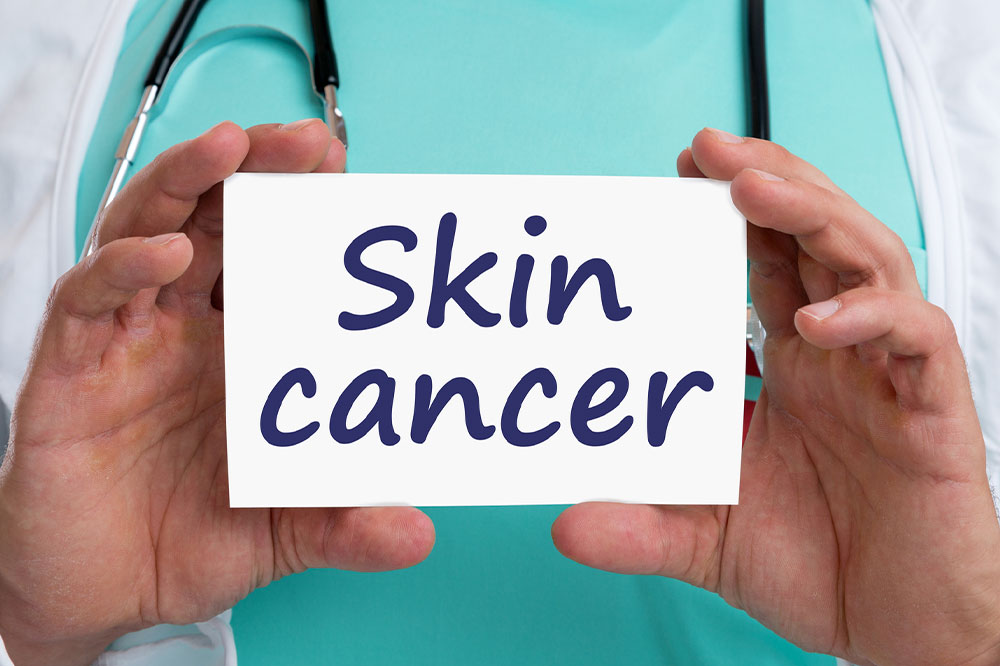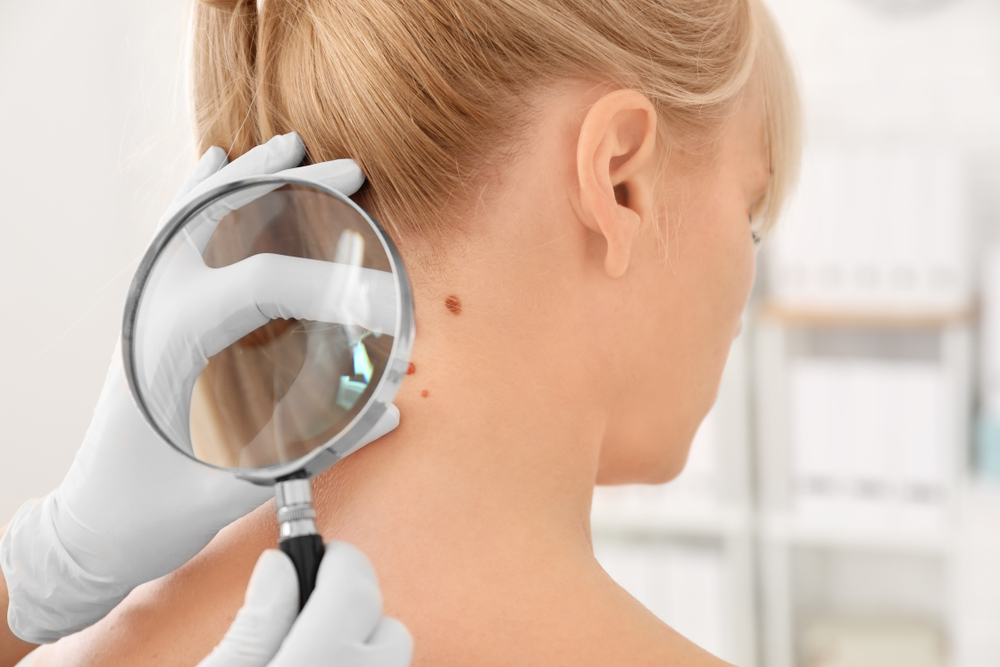In-Depth Overview of Skin Cancer: Causes, Types, Prevention, and Treatment Strategies
This comprehensive guide delves into skin cancer's causes, types, risk factors, and preventive measures. It highlights the importance of early detection and various treatment options. Designed for awareness, it emphasizes protective strategies like sun avoidance and protective clothing, aiming to reduce skin cancer risks worldwide. Understanding these aspects can significantly impact health outcomes and save lives.

Comprehensive Understanding of Skin Cancer: Causes, Types, and Prevention Methods
Extensive Guide to Skin Cancer Awareness and Management
Skin cancer is among the most widespread and concerning health challenges faced worldwide. It manifests on various parts of the skin and involves the abnormal growth of skin cells, potentially impacting multiple layers such as the epidermis, dermis, and even the subcutaneous tissues. As skin cancer progresses into advanced stages, it can metastasize, spreading to nearby tissues and vital organs, which underscores the importance of early detection and intervention.
Various Types of Skin Cancer
Keratinocyte carcinomas: These originate from keratin-producing cells in the skin and are predominantly represented by Basal Cell Carcinoma (BCC) and Squamous Cell Carcinoma (SCC). BCC is the most common form, often appearing as translucent nodules or pearly bumps, primarily on sun-exposed areas. SCC typically presents as firm, scaly patches that may ulcerate if left untreated. Both types tend to grow slowly but can cause significant local tissue destruction if ignored.
Melanoma: Arising from melanocytes, the pigment-producing cells, melanoma is less common but significantly more aggressive. It accounts for a smaller percentage of skin cancers but causes the majority of skin cancer-related deaths. Melanomas can develop anywhere on the skin, often as irregular, multicolored moles or spots, and are known for their rapid growth and potential to metastasize early.
Other less common skin cancers: These include Merkel cell carcinoma, Kaposi’s sarcoma, skin adnexal tumors, cutaneous lymphomas, and various sarcomas. Although rare, these cancers can be aggressive and require specialized treatment approaches.
Statistics reveal that nearly 50% of individuals will develop either BCC or SCC at some stage in their lives. Each year, approximately 3.5 million cases of these keratinocyte carcinomas are diagnosed in the United States alone. Melanoma, though less common, was responsible for about 76,000 new cases in 2014. These skin cancers predominantly develop on sun-exposed regions such as the face, neck, scalp, hands, and arms, although internal occurrences are possible. Melanoma, despite being less prevalent, poses a significant health threat due to its rapid spread and high mortality rate, especially among men. Additionally, actinic keratosis, a precancerous lesion caused by prolonged sun exposure, affects over 58 million Americans and significantly raises the risk of developing skin cancer as the condition progresses. By the age of 65, it's estimated that half of the population may have developed keratinocyte cancers, highlighting the importance of preventive measures.
Predominantly affecting men over 50, skin cancer incidence increases with age, although melanoma is notably more common among younger adults aged 25-29. The primary risk factor is intense and prolonged ultraviolet (UV) radiation exposure from sunlight. People with fair skin, red or blonde hair, and light-colored eyes are especially vulnerable. UV rays induce mutations in skin cell DNA, which can lead to uncontrolled growth and tumor formation. Family history of skin cancer, tobacco use, autoimmune conditions, organ transplants, certain medications, and living at high altitudes further elevate the risk profile. Recognizable symptoms of skin cancer include unusual bleeding, persistent skin scaliness, sores that do not heal, irregularly shaped or changing moles, rapidly growing bumps, or skin pain. Early detection is crucial, and prevention strategies involve minimizing sun exposure during peak hours, consistently applying broad-spectrum sunscreen, and wearing protective clothing like wide-brimmed hats and UV-protective garments. When detected early, skin cancers are highly treatable with options including surgical removal, radiation therapy, immunotherapy, and targeted chemotherapy, emphasizing the importance of routine skin examinations and prompt medical evaluation.





